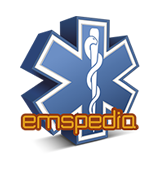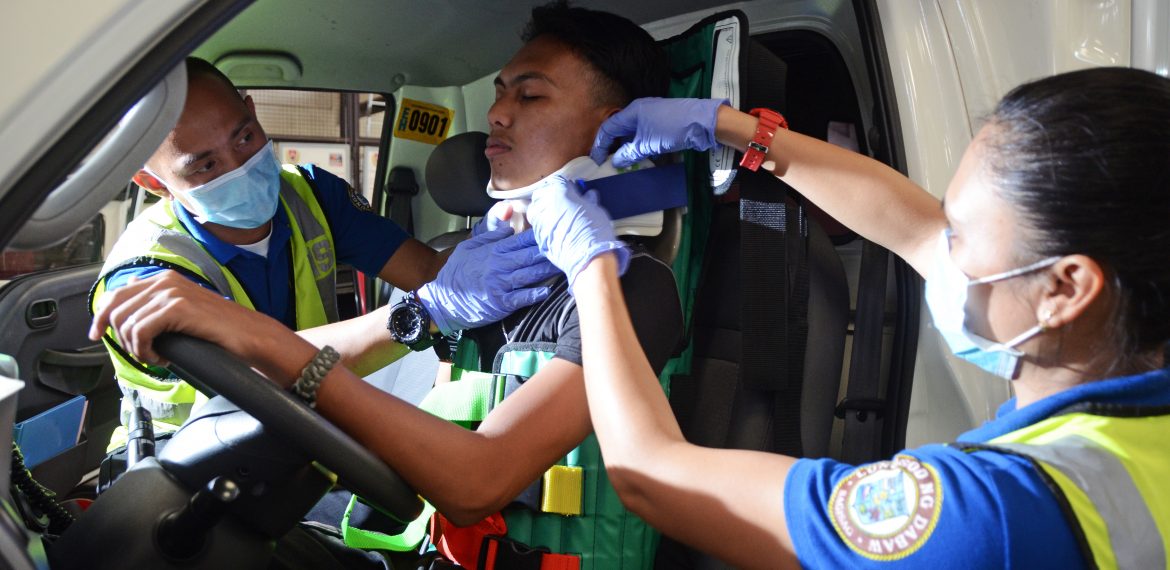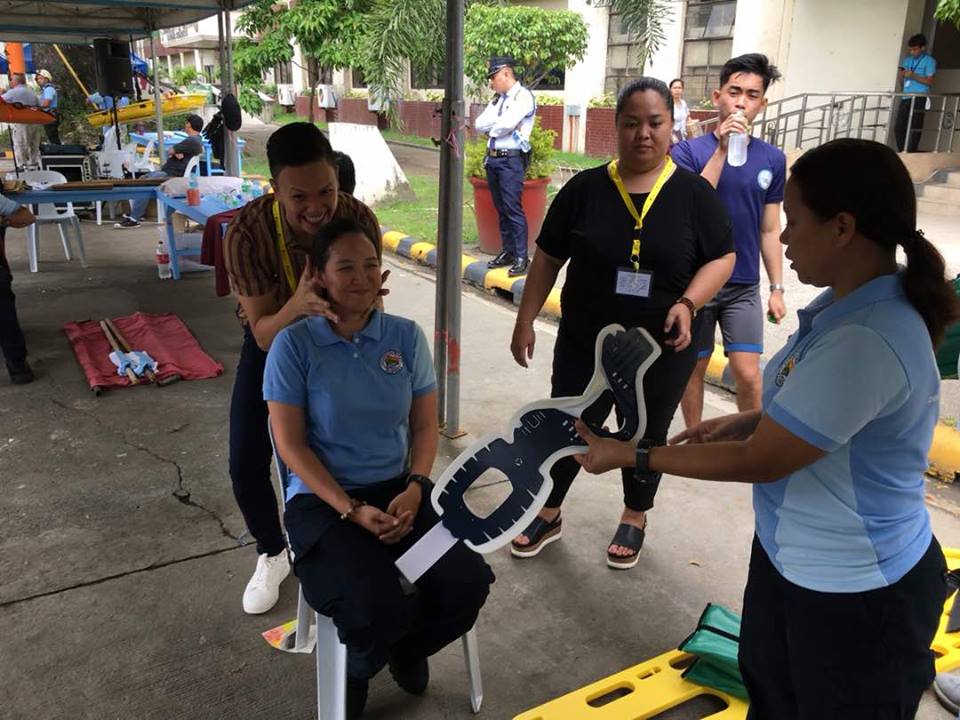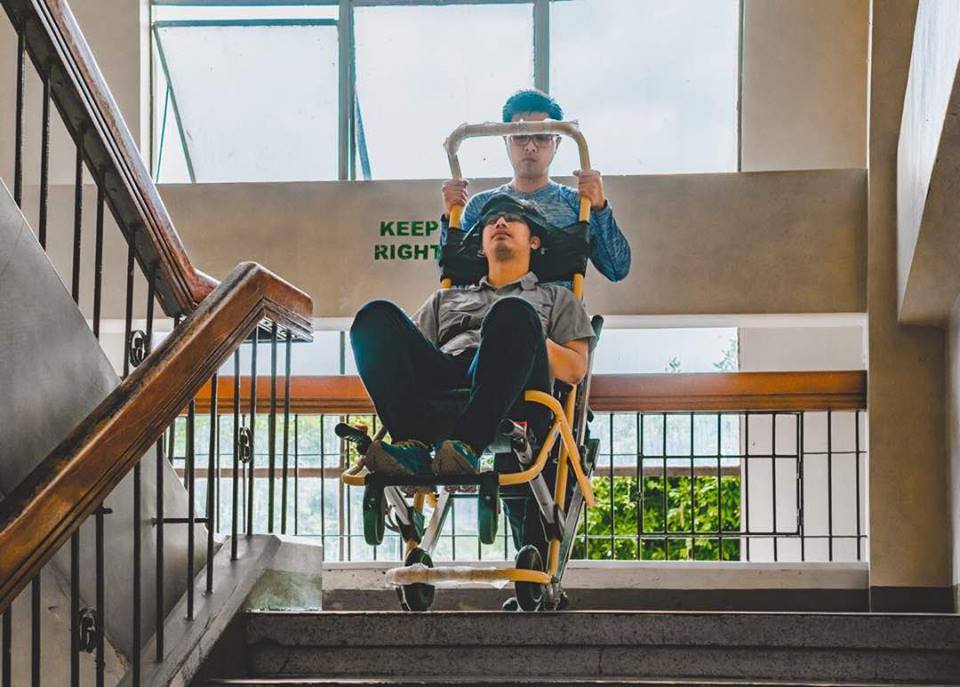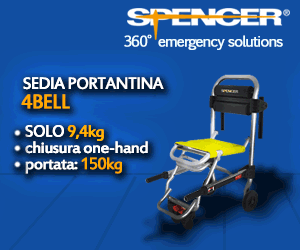Last month, on 1st October Makati Hospital University (Philippines), hosted a workshop about medical devices in cases of trauma. University students have tested stretchers, spinal boards, cervical collars and all the instrument to immobilize a patient in the right way.
Training is important for rescuers, paramedics and prehospital operators. The focus was on traumatic patients and we are about to analyze deeper this argument with Dr Jeremy Cordero, EMS Chief at Hospital of Makati who coordinated the workshop.
- According to EMS protocols in the Philippines and your experience in the field, what must be the correct approach of a rescuer to a traumatic patient? What should be the operator behaviour?
“For us in the Philippines, the primary concern for the operator is always the safety of the rescuer and of the patient, so the primary goal is always to reduce or preclude mortality of the patient in the pre-hospital setup, so for that means for the rescuer or the operator in the pre-hospital field, there should always be a focus on safety for the self and for the team but also for the ensuring of the safety for the patients that they are treating in the pre-hospital centre.”
- Let’s talk specifically of road accidents and traumatic patients management: which safety rules to immobilize must be used on such scenarios?
“For the Philippines, we follow what is called Rapid Trauma Assessment so once the operator or the pre-hospital team or personnel reach a particular scene, there is always what we call the scene size-up that includes body substance isolation. That’s a very important first step: they must be wearing gloves and face masks just to ensure basic personal protective equipment. As well as they have to look at the number of the patients they must be able to assess if they need backup or additional resources as well as any immediate dangers that could be seen in the field particularly for road accidents it’s very important to see what kind of approach we will have to instil for example if the patient is pinned down, they have to first secure the area, then there must be what we call stabilization of the vehicle that could be a danger, particularly if it’s impeding it’s imminently about to explode so it’s very important to try to put the engine off or in some instances you have to cut the battery just to make sure that there’s no cause of the fire and of course the entry of the operator or of the EMT is very important, of course. Road collisions entail a lot of broken glass, a lot of broken machinery, so the approach and the entry of the EMT is very predetermined depending on the situation but at the same time the EMT must be able to gauge the situation as it is and be able to choose the best approach in order to reduce the mortality of the patient but maximize the safety of the team.”
- Which are the first aspects a student must learn first in traumatic patients treatment?
“As I mentioned, safety first is a very important aspect. It’s always reiterated to our students, but it’s very important for them to realize that safety is not just a professional philosophy but as an ongoing dynamic process within the field should always be observed because of course, it’s easy to teach students that once they arrive at the scene they should put on the gloves in their masks they should observe safety, see any immediate threat. But especially now, in our age, in our society a lot of impending threats are possible, there is terrorism and even the imminent threat of crime. So that’s why it’s very important for the pre-hospital personnel to be always in contact with other public safety agencies such as the police, such as the anti-terrorism operatives, such as the bomb squad, because the primary goal of safety is also collaborative safety, not only the team and the patient are safe but also there’s also safe for the public at large so that is why the pre-hospital team has to instil this into their own organization of structures and into their own professional philosophy so this could be maximized to full effect.”
- How much important are practice and retraining?
“We recently had an EMS convention last October 2017 in University of Makati entitled ‘EMS Empowerment’ and one of the workshops in that convention was to create a 10-step EMS agenda and in that agenda, one of the very important steps is a continuity of training or continuous training because here in the Philippines standardization of training is still ongoing, still in the process so a lot of pre-hospital operators and EMTs are not actually required to retrain. So it depends on the school, on the local government unit if they are going to have that continuous retraining. That’s why in the national EMS steps we included continuous retraining because it’s very important to keep that level of competency within pre-hospital personnel and also in the EMS Bill that is being lobbied in Congress and in the Senate we also consider retraining as a very important factor in the continuous quality assurance of a particular EMS system.”
- What would be a complete set of equipments for an ambulance according to your needs?
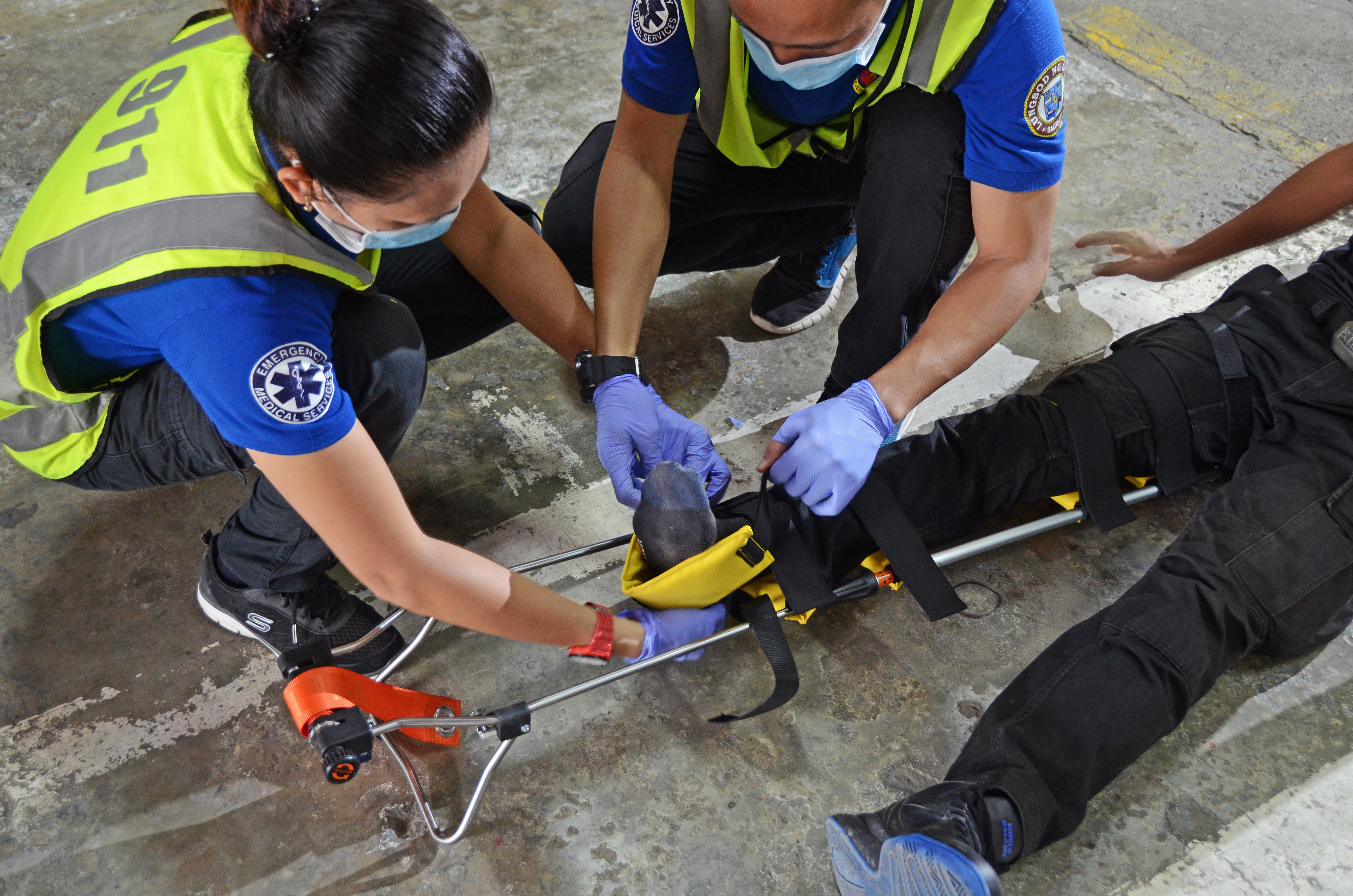
The choice of high-quality devices and the right training on how to use them is an extremely important combination.
“Actually for our Department of Health already released an ambulance requirement administrative order which outlines the important equipment that has to be present in the ambulance we label our ambulances: type 1 and type 2. Type 1 being basic life support and type 2 being advanced life support, so obviously, the advanced life support has more equipment needed but basically what both ambulances need is first ventilation and airway equipment so these include suction machines, O2 tanks and regulators for O2 mask and the ET tubes and on other adjunct engines. We also eat the monitoring devices and defibrillators, that includes the sphygmomanometer, the stethoscopes, the glucometers, thermometers and cardiac monitors. Now this push towards digitalization so there’s actually a change, we’re in some ambulances are planning to have their cardiac monitors digitally sent through a cloud so that admitting hospital are they receiving hospital because actually real-time see the telemetry or the ECG results of the patient so we’re trying to get the hand of the digital age where we could see through digital equipment we could actually see what’s happening to the patient real-time in the receiving hospital. We also need of course immobilization devices such as collars, both soft and hard traction devices, spine boards and padding equipment are very important because as you know from particularly in trauma spine immobilization is very important and of course the usual dressing and bandages, obstetric delivery material like sterile delivery kit because in Southeast Asia, especially in Manila, there is very tedious traffic so there’s often women that have to give birth on the road. So EMTs must be prepared and have the right tools to expedite. Of course other miscellaneous equipment sessions like communication equipment, medicines, fluids and depending on the scope of practice, but also some EMS systems like extrication devices, but some EMTs could use particularly for road accidents to extricate the patient from either cars or vehicles and sometimes even in collapsed buildings, depending on the disaster.”
- Dr Cordero, is there something else you wish to add?
“I can add that I’m very proud that emergency medical services are actually sort of a global community. We just concluded the EMS Asia convention in Davao city where Makati participated in very vigorously. And there were participants from all over the world, including most in Asia but even from Europe and also in from the US. So at the moment, the environment is politically very divisive but in certain areas, such as in EMS there is a strong push towards unity and sharing of knowledge and I think this is something humanity, in general, could build upon because when we share the knowledge we could actually help each other improve survival rate. It’s a success for all of us.”
LISTEN TO THE PODCAST INTERVIEW
About Dr Jeremy Cordero:
An emergency medicine consultant dedicated to the realization of an integrated and equitable health care delivery system. I am eager to apply my skills in medical direction and prehospital training to a post that will challenge my knowledge and expand my horizons. Specializing in the multi-dimensional approach being able to bridge the gap between prehospital and in-hospital intervention. He has extensive training from offices such as the Department of Health and the Office of civil defence on a wide range of topics such as mass casualty incident management (DOH), incident command system (OCD), ebola preparedness (DOH), Advanced Trauma Life Support (ATLS, Philippine College of Surgeons), Basic Safety Training (with Seaman’s book), Basic Life Support (BLS, AHA), Advanced Cardiac Life Support (ACLS, AHA), Pediatric Advanced Life Support (PALS, AHA). He has numerous field assignments as medical standby (APEC, New Year countdown, Miss Universe 2016) and in wilderness scenarios (Mount Banahaw) with special training in Emergency Transport (Makati Rescue) as well as Dispatch (Makati C3).
YOU MIGHT ALSO FIND INTERESTING:
